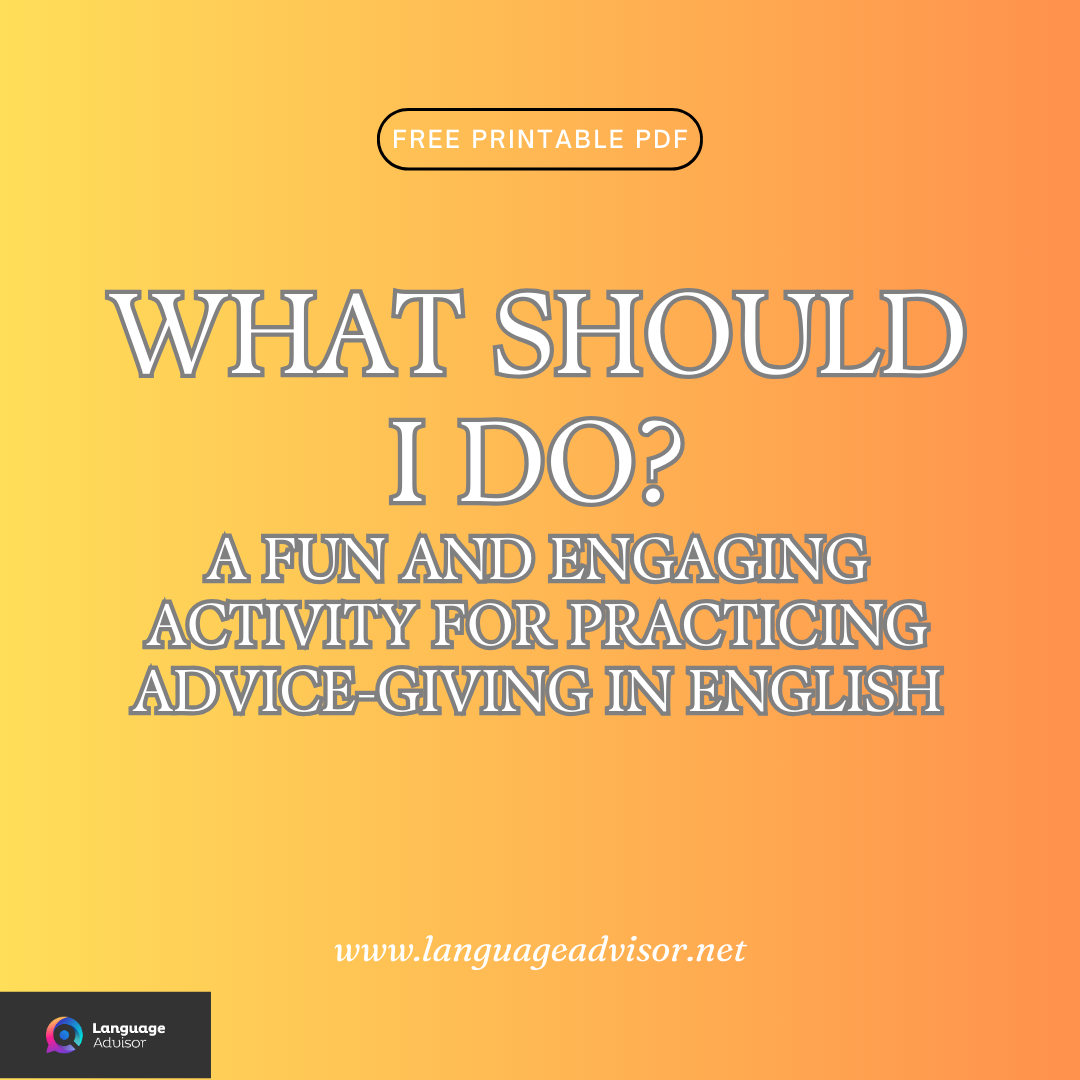What Should I Do? A Fun and Engaging Activity for Practicing Advice-Giving in English. Enhance your students’ communication skills by practicing real-life problem-solving and advice-giving in a collaborative, competitive group setting.
What Should I Do?


